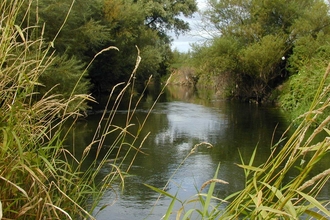When I first came to Herefordshire 26 years ago as a Conservation Officer for English Nature – now known as Natural England – I was closely involved in the decision to declare the River Lugg a Site of Special Scientific Interest (SSSI) because of its outstanding importance for wildlife. My small team spent hours walking the whole length of the river and contacting all the owners to make sure they were all aware of the special nature of the Lugg. We explained why it was important for wildlife and a list of activities that were likely to damage it – for which they would have to have consent before carrying out.
Little did I suspect that over a quarter of a century later that as Chief Executive of the Herefordshire Wildlife Trust, I would be called upon to defend the very river that I thought I had protected all those years ago.





